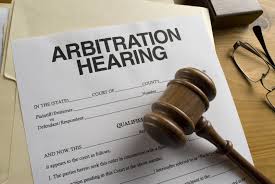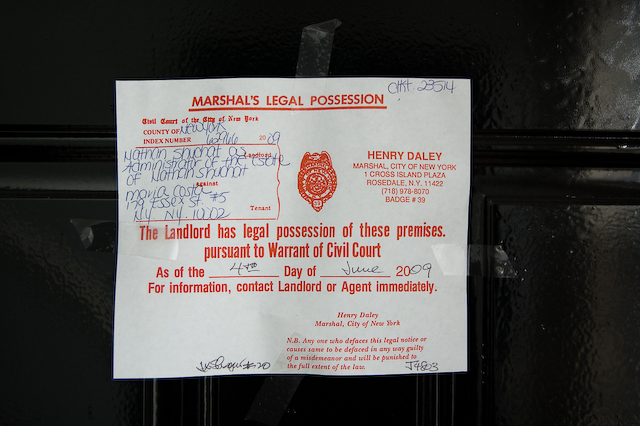 Our firm often receives inquiries from individuals who desire to legally change their name. People may desire to change their name for many reasons. Some want to avoid a name which may be linked to celebrities or individuals with unsavory or even criminal histories. Others may need their name legally changed so that it matches other legal documentation that they may have, such as a passport. Whatever the reason, this post will discuss the legal requirements required for name changes in New York State.
Our firm often receives inquiries from individuals who desire to legally change their name. People may desire to change their name for many reasons. Some want to avoid a name which may be linked to celebrities or individuals with unsavory or even criminal histories. Others may need their name legally changed so that it matches other legal documentation that they may have, such as a passport. Whatever the reason, this post will discuss the legal requirements required for name changes in New York State.
The first step in legally changing one’s name is to file a Petition in the Supreme Court in the county in which the individual currently resides. There are legal requirements regarding the contents of the Petition, including whether the individual has ever been convicted of a crime, judgments against the individual, pending litigation involving the individual, and information regarding child support and spousal support obligations. The reason that this information is required is that a person may attempt to evade legal obligations, such as judgments or child support, by changing their name. In order to prevent this, a name change Petition will not be accepted unless all information regarding such outstanding legal obligations is provided.
The Petition also has to provide the reason for the name change application. As discussed above, there are many valid reasons for such application. Once the Petition is complete, it is filed with the appropriate Court. The Court will also require a certified copy of the applicant’s birth certificate, showing the original name.
 New York Real Estate Lawyers Blog
New York Real Estate Lawyers Blog


 With the prevalent use of the internet, grievances against cooperative and condominium boards can spread like wildfire. The means used may be standard e-mail forwarded to all unit owners, a specifically developed Facebook or Google chat page, a publically accessible website, or another type of private intranet system.
With the prevalent use of the internet, grievances against cooperative and condominium boards can spread like wildfire. The means used may be standard e-mail forwarded to all unit owners, a specifically developed Facebook or Google chat page, a publically accessible website, or another type of private intranet system.  A recent series of
A recent series of 

 Many of our clients are landlords who own only one property, such as a single or multi-family house or an apartment. Although they may be renting to a tenant, it is not their primary business or livelihood. As such,
Many of our clients are landlords who own only one property, such as a single or multi-family house or an apartment. Although they may be renting to a tenant, it is not their primary business or livelihood. As such,  One of
One of A
A  Parties to real estate transactions often ask
Parties to real estate transactions often ask  News outlets have
News outlets have